What is Rosé wine?
You’ve seen it clinked in glasses on rooftops, poured into tumblers at picnics, or sweating gently next to a bowl of olives. Rosé is everywhere, but what is it, really?
It’s not just red wine and white wine mixed together (except in a few rare cases). It’s not just a summer drink or a trend with a color code. Rosé is a whole style of winemaking, with its own techniques, traditions, and endless variations, from bright, citrusy styles to richer, fruitier bottles that verge on red.
This article is here to unpack rosé in a way that makes sense, no stiff rules, no textbook jargon. Just real talk about how rosé is made, what makes it tick, and why that pink bottle might taste like watermelon, sea spray, or even a hint of funk.
How is Rosé wine made?
Rosé gets its pink color from red grapes — just like red wine. The difference is in how long the grape skins stay in contact with the juice. That contact time is what gives red wine its deep color, tannins, and structure. With rosé, the skins are only left to mingle with the juice for a short window — anywhere from a few hours to a day or so — just enough to tint the wine and give it a little grip, without going full red.
There are a few main ways winemakers make rosé:
Direct Press
This is the most common method for lighter, paler rosés. Red grapes are pressed gently right after harvest, and the juice picks up just a hint of color from the skins. Think of it like making fresh juice where the skins barely get involved. The result? A light, crisp, delicate wine.
Short Maceration
Here, the grapes are crushed and allowed to soak — skins, juice, sometimes stems — for a short period before pressing. It’s a bit more hands-on and usually results in deeper color and bolder flavor. This is where rosé starts to lean toward that juicy, red-fruited zone.
Saignée (aka “bleeding”)
Some winemakers make rosé by “bleeding off” a portion of juice from a red wine fermentation. This concentrates the remaining red wine, and the lighter juice becomes rosé. It’s a bit more common in conventional winemaking, though some low-intervention producers use it as well — especially if they want a rosé with more structure or age potential.
Natural winemakers often approach rosé with less manipulation, spontaneous fermentation, minimal sulfur, no filtering, which means these wines can be a little more alive, textured, and expressive. Some are cloudy, some are fizzy, some might even surprise you with a savory or wild streak. But at the core, it’s all about letting the grapes do their thing, just for a little less time on their skins.
What is the difference between a light red wine and a rosé wine?
At first glance, a pale red wine and a rosé might look similar in color — but they’re worlds apart in how they’re made, how they taste, and how they behave in the glass.
Light Red Wine: A Gentle Touch with Grit
Light red wines are crafted from red grapes, just like fuller-bodied reds, but the key difference lies in maceration — the amount of time the grape skins (and sometimes seeds and stems) are left in contact with the juice during fermentation. In light reds, this skin contact is shorter than that of a full-bodied red, but longer than what you’d find in a rosé. That middle ground results in wines with a soft ruby hue, lower tannins, and a more delicate structure.
The best examples showcase a gentle grip, vibrant acidity, and an expressive fruit profile — think cherries, cranberries, raspberries, and sometimes even floral or earthy notes. Common grape varieties include Pinot Noir, Gamay (as in Beaujolais), Frappato, and Zweigelt.
Light reds are incredibly versatile — they shine slightly chilled, pair beautifully with a range of foods (from roast chicken to grilled salmon), and are perfect for people who want red wine elegance without the weight.
Rosé: A Whisper of Red
Rosé, on the other hand, is made to be pink from the start. It’s typically crafted from red grapes too, but with very brief skin contact — often just a few hours. As soon as the juice takes on a blush of color, the skins are removed, and the wine is fermented like a white wine. This technique preserves freshness, keeps tannins minimal, and results in crisp, bright wines.
The flavor profile of rosé tends to lean more toward strawberries, watermelon, citrus, and sometimes herbs, depending on the region and grape variety. Rosés are made all over the world — from Provence to California, from Tempranillo rosado in Spain to Sangiovese rosato in Italy.
The Bottom Line
While both light reds and rosés are great for warmer weather and easy sipping, they deliver different experiences. Light reds bring the finesse of red wine with a gentler structure, while rosé offers a refreshing, often zesty character with a touch of fruit and florals. Understanding the difference isn’t just about color — it’s about craftsmanship, grape expression, and how you want your wine to feel.
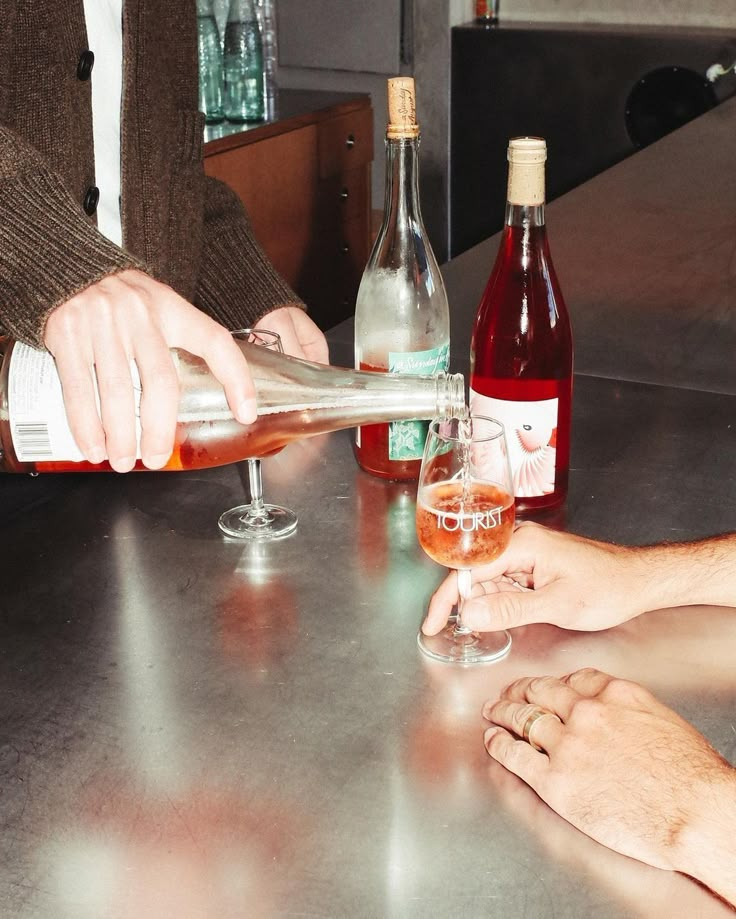
What does a juicy wine mean?
We believe that everyone has the potential to achieve greatness and fulfill their dreams. That\’s why we are committed to providing innovative solutions and exceptional services that empower individuals to overcome obstacles and turn their aspirations into reality. With a strong focus on customer satisfaction and a team of experienced professionals, we strive to deliver unparalleled results and make a positive impact in the lives of our clients. Join us on this journey of empowerment, and let us help you make your dreams come true.
What is the difference between a light red wine and a rose wine?
The differences between a light red wine and a rosé wine lie mainly in how they are made, their color and flavor profile:
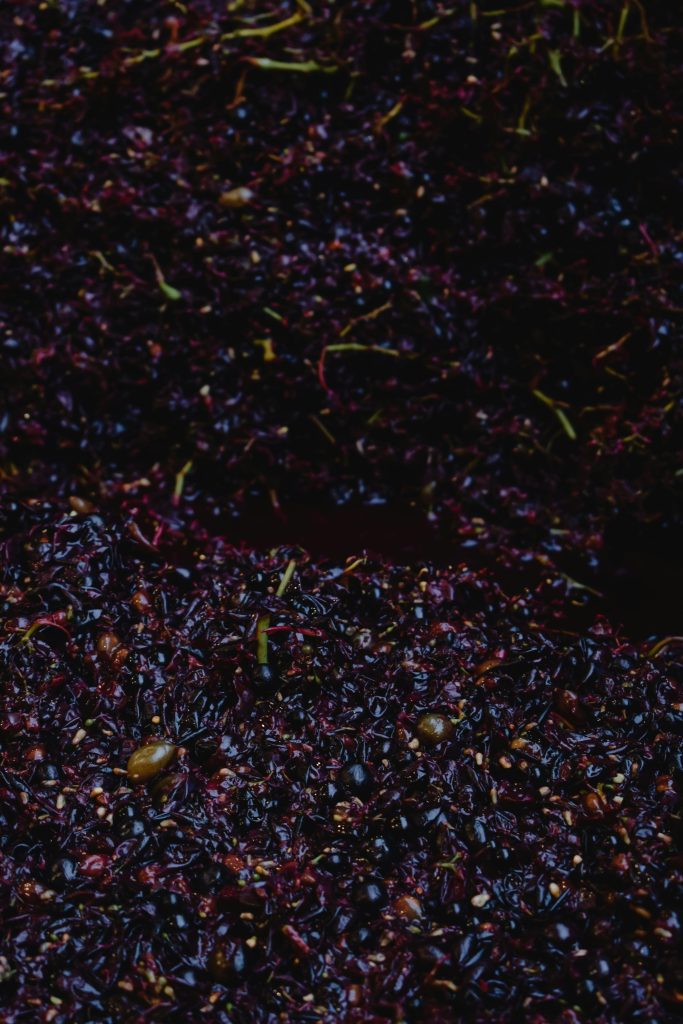
01
Production Process
Light Red
Light red wine is made by leaving the grape skins, seeds, and sometimes stems in contact with the juice during fermentation. However, the skin contact time is shorter than in full-bodied reds, leading to less tannin and color extraction. This results in a lighter, more delicate wine with softer tannins. Common grapes for light red wines include Pinot Noir and Gamay.
01
Production Process
Rose
Rosé wine is also made from red grapes, but the juice only stays in contact with the skins for a few hours. This brief contact gives the wine its pink color without extracting much tannin, resulting in a fresh, light wine. The process is similar to making white wine after the color is achieved.
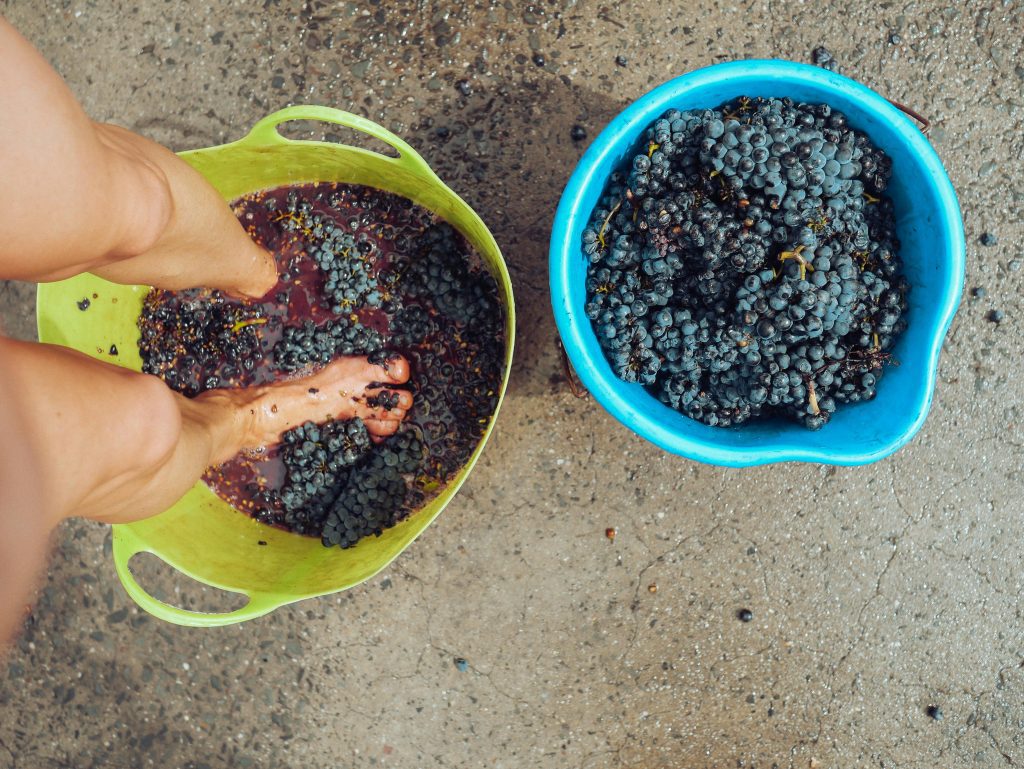
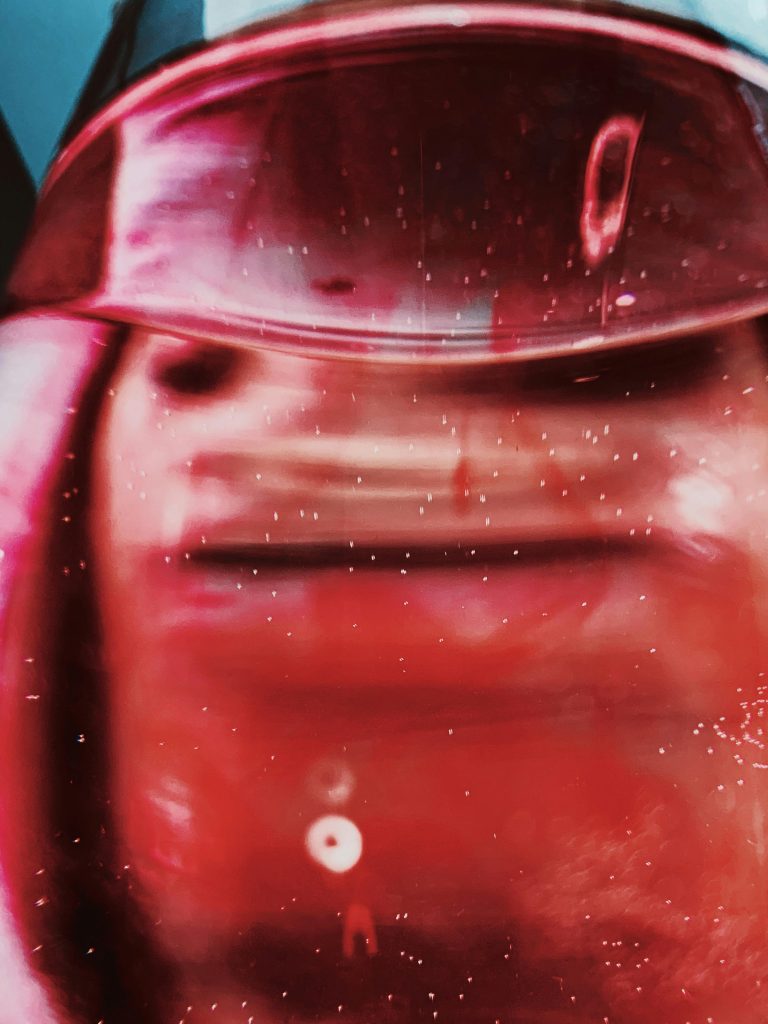
02
Color
Light Red
Light red wines are usually a pale red or ruby color, depending on the grape variety and the length of maceration.
02
Color
Rose
Rosé wines range from pale pink to a deeper pink, depending on how long the juice stays in contact with the skins. Lighter rosés tend to have a more delicate color, while others can be more vibrant.
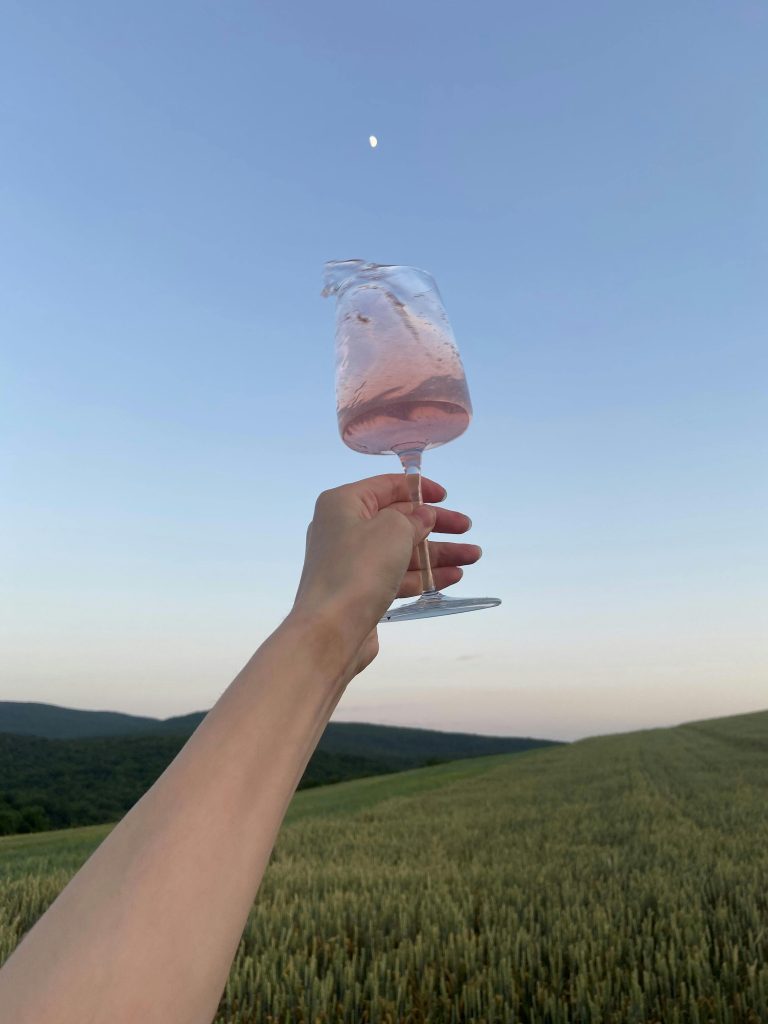
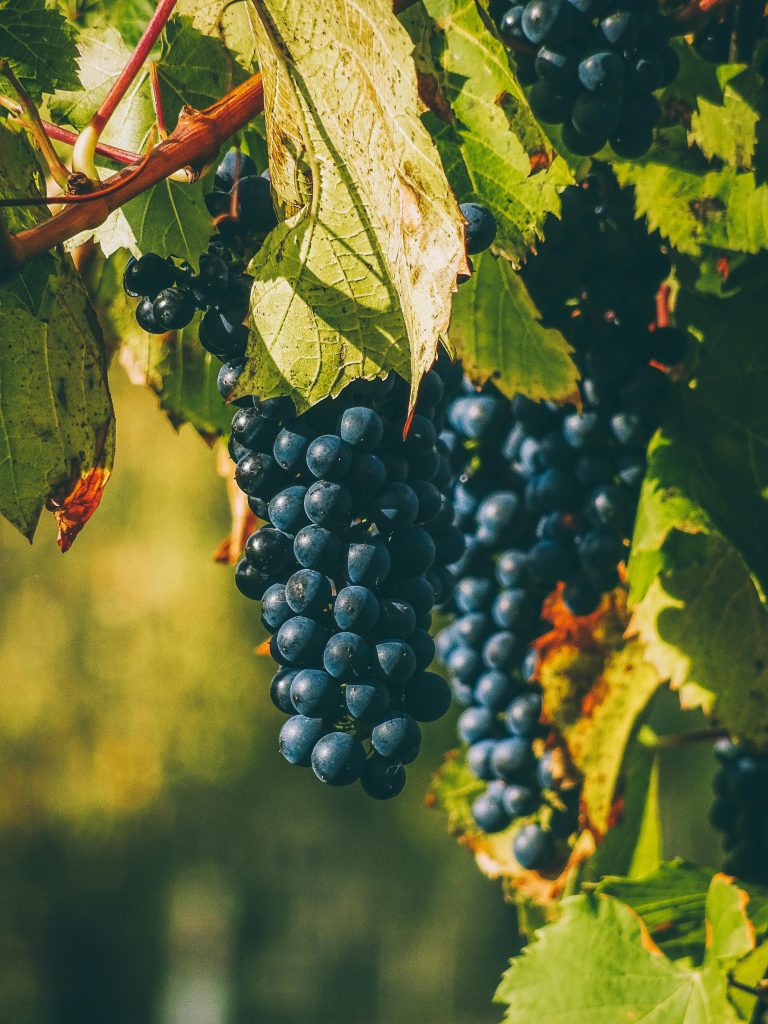
03
Flavor Profile
Light Red
Light red wines are typically fruity with subtle tannins and refreshing acidity. You’ll often find flavors of red berries like cherries and raspberries, making them elegant and easy to drink.
03
Flavor Profile
Rose
Rosé wines are crisp, light, and refreshing, with flavors of red berries and citrus. They have little to no tannin, making them smooth and perfect for casual drinking, especially in warmer weather.
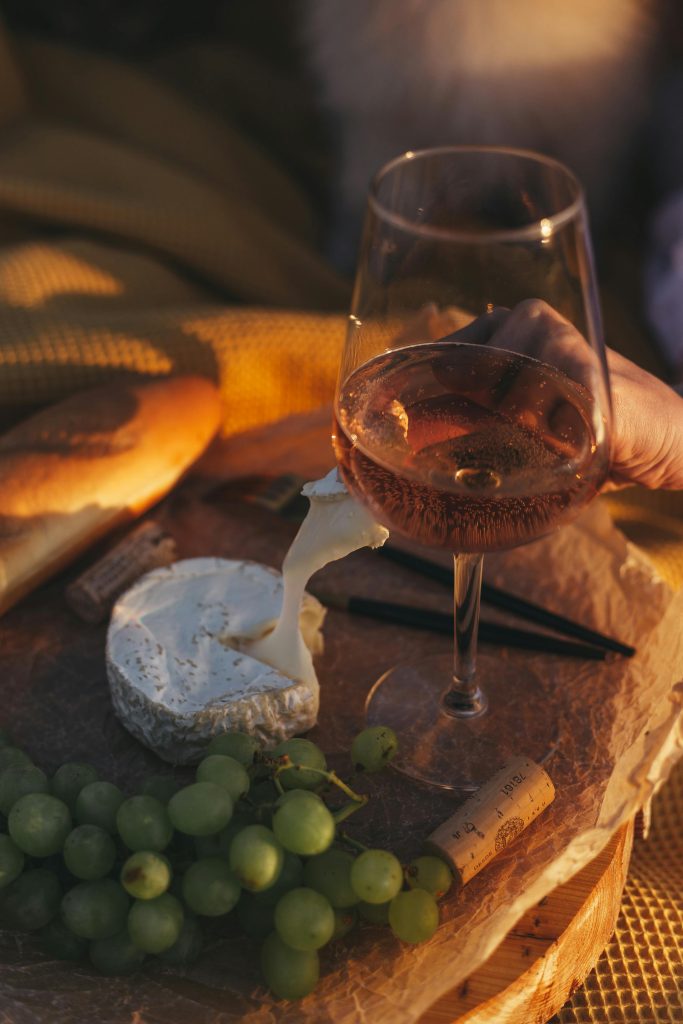
Let’s sum up about light reds & rose!
The main difference between light red wine and rosé wine lies in how long the grape juice remains in contact with the grape skins during fermentation. Light red wine has a shorter maceration period compared to full-bodied reds, resulting in a lighter body and softer tannins, while rosé wine has an even shorter skin contact, giving it its signature pink color and a much lighter, fresher flavor profile.
READ MORE
Wine Knowledge
Learn more and find information about our wines and wines in general in our knowledge bank about wine.